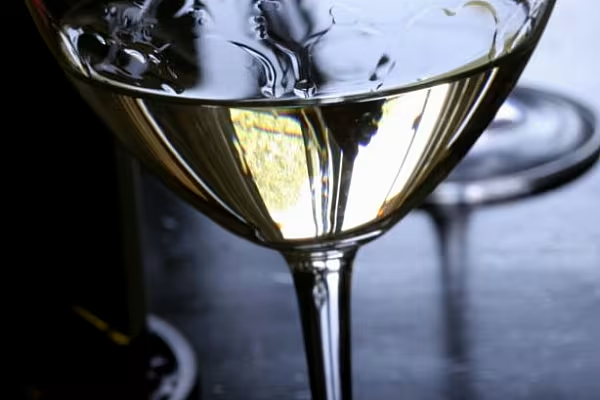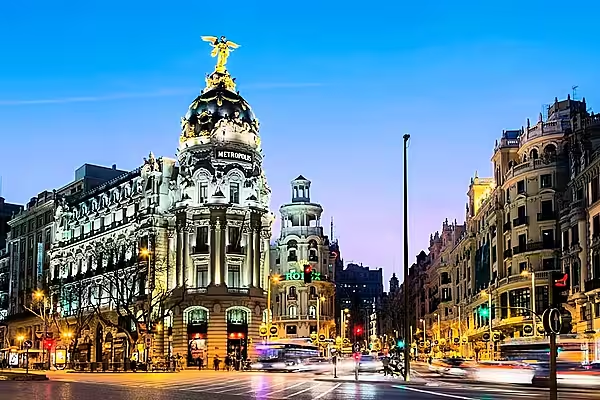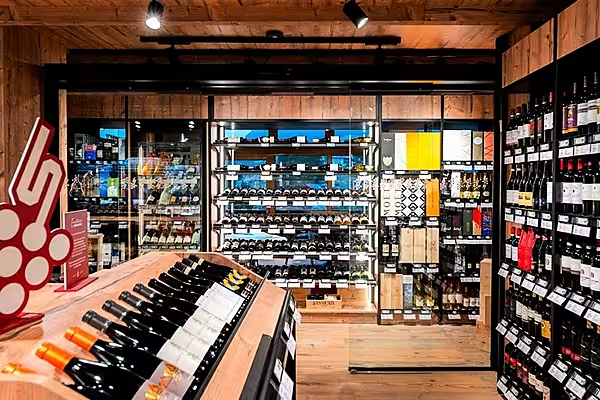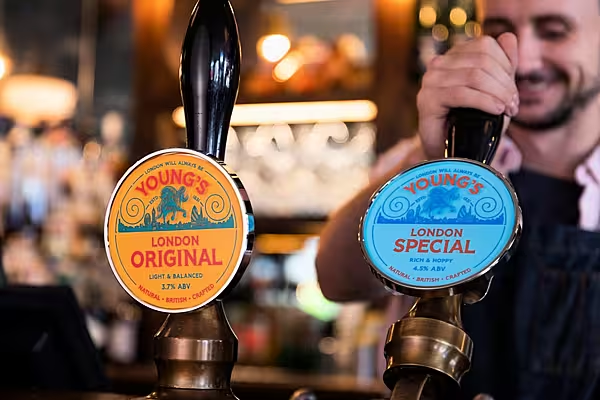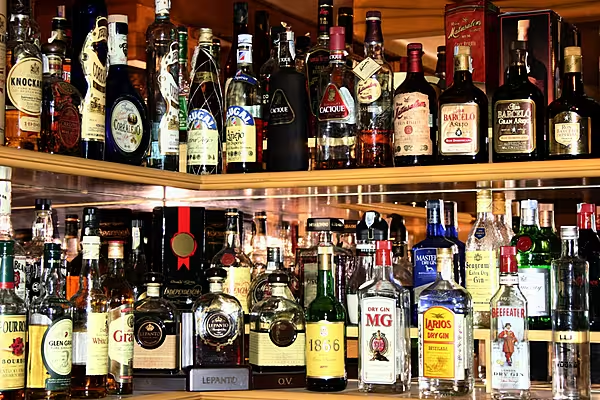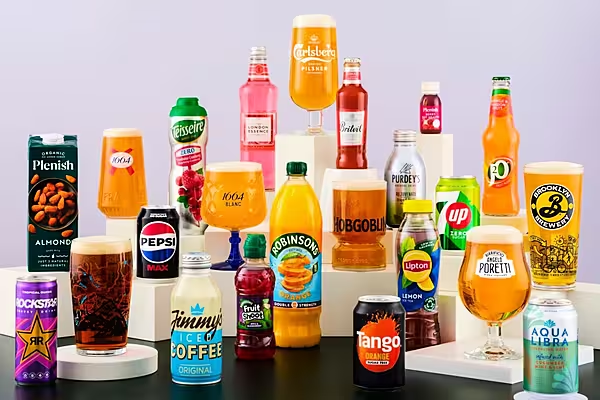Winemakers like to joke that only the rich should risk planting vines on the far Sonoma coast, where fog, chilly wind, and up to 80 inches of rain a year roll in from the Pacific, writes Bloomberg's Chris Rovzar.
This dramatic, coolest-of-the-cool coastline is fast becoming California’s Côte d’Or, a sweet spot for great pinot noir. But the less-hyped chardonnays are also brilliant, with the elegance and zing of premier cru white Burgundy, at a lower price. The 2012s and exciting 2013s, just released, are stunning.
That’s my takeaway from the cozy West of West festival in Sebastopol earlier this month, where I moderated a panel of opinionated winemakers.
The festival opener was a blind tasting of chardonnays from the Russian River Valley, Burgundy, and the West Sonoma coast. After sniffing and sipping, the panel and the enthusiastic audience voted on where each one was from.
It used to be easy to pick out California examples in a blind lineup. They were the flamboyant ones that tasted like ripe tropical fruit liberally laced with powerful vanilla notes from aging in new oak barrels, a style that wine aficionados love to hate.
When the labels were revealed, though—surprise. Wines tasters tagged as Burgundy turned out to be from West Sonoma Coast. More lemon than pineapple, more mineral than butterscotchy, slim and racy instead of thick and oaky, they were what I call neo-Burgundian.
So I spent the rest of my Sonoma stay driving around with winemakers in trucks to hunt down the best, tasting in vineyards and kitchens, at picnic tables and in cellars. My picks are below, but read on.
Five years ago, the area’s 40-odd intrepid growers and vintners (they prefer to call themselves farmers) dubbed the narrow band of remote ridges and small valleys within a few miles of the Pacific the “West” Sonoma Coast— aka the “true” or “extreme” Sonoma Coast. They’re trying to make that name an official viticultural area and fine-tune a bunch of smaller subregions, such as Freestone, Occidental, Annapolis, each with its own distinct personality.
The impetus? Dissatisfaction with the existing Sonoma Coast appellation, which is so expansive—750 square miles—it’s meaningless as a guide to a wine’s character. Thanks to byzantine politics and bureaucracy, it includes vineyards more than 30 miles inland with zero coastal influence.
“Out here the Pacific ocean and the culture drive wine styles,” explained Carroll Kemp, owner of Red Car Winery, as we headed out into the morning fog. “This is where San Francisco hippies settled when they went back to the land.” He’s wearing a frayed straw hat and T-shirt with a photo of redwoods and the words "pioneers of aimless wandering."
On the West Sonoma Coast, politics are more liberal, the lifestyle is laidback, environmental consciousness is high, and organic and biodynamic viticulture are the norm. No one can cut down a redwood tree to plant a vine.
Winemaker Ted Lemon of Littorai, who began his career in Burgundy, and brothers Nick and Andy Peay of Peay Vineyards, came for the maritime coolness that lets grapes ripen longer on the vine without getting too ripe. They say the long, slow growing season creates chardonnays with intense floral aromas, layers of bright but deep flavors, a kind of salty mineral taste, and a mouthwatering juiciness that goes well with food.
New winemaking star John Raytek, who owns Ceritas with his wife Phoebe Bass and is making some of the region’s most exciting chardonnays, talks about “the kaleidoscope of soils. Think of the San Andreas Fault that runs through the region as a car crash,” he says. “The ripples and buckles created the high coastal ridges and an amazing soil profile that results in wines that age longer.”
The region’s remote ridges, where wild boar are vineyard pests, were once sheep ranches, the land thought too cold to grow grapes. Ehren Jordan of Failla was able to grab 45 acres for $500 from two hippies growing pot back in 1997. Now cool- climate vineyard chasers have pushed prices up to $200,000 an acre. Most of the vines are pinot noir. But out here, California’s long overdue chardonnay renaissance may at last be under way. Elin’s Top Eight Picks:
2013 Ceritas Porter Bass Vineyard ($62)
Edgy, almost chiseled, this wine from a biodynamic vineyard in the Green Valley is loaded with white flower aromas, succulent citrusy flavors, and a long savory finish. Raytek, who makes four chardonnays, is one of California’s new masters of the grape.
2013 Littorai B.A. Thieriot Vineyard ($125)
Esteemed winemaker Ted Lemon makes chardonnays from four vineyards; the wine from this one near the town of Occidental is my favorite. Very pure, chamomile-scented, exotic and lemony, it has a delicate character plus bright, drink-me-now acidity.
2012 Peay Estate Vineyard ($55)
Luscious texture sells this wine; it’s all fruity richness overlaid with smoke, stone, and earth. The Peay property is far north in Annapolis, up a long dirt road to one of Sonoma’s coldest sites.
2012 Flowers Camp Meeting Ridge Vineyard ($75)
Pioneers in what’s now the Fort Ross-Seaview American Viticultural Area (AVA), former owners Walt and Joan Flowers planted vineyards on this 1,300-foot ridge in 1991. This complex, bone dry white has a salty, earthy tang and pure lemon- drop fruitiness.
2013 Hirsch Estate Vineyard ($65)
David Hirsch, a former New Yorker, planted this high vineyard with a view of the Pacific in 1980; it’s now in the Fort Ross Seaview AVA. He sells grapes, mostly pinot noir, to a winemaker A-list. His chardonnay is rich, powerful, and structured.
2013 Red Car Hagan Vineyard ($55)
The vineyard is on Taylor Lane ridge top only four and a half miles from the Pacific. It’s spicy and mineral-tinged with a scent of honeysuckle and lemon.
2014 Edaphos Ernest Vineyards ($28)
Crisp, pure, zingy, this unoaked wine from a brand-new winery is made from grapes in Green Valley and is a delicious departure.
2013 Failla Sonoma Coast ($30)
The majority of Ehren Jordan and Anne-Marie Failla’s wines are pinot. This creamy textured, fresh, complex chardonnay is crisp and citrusy with hints of herbs.
Bloomberg news, edited chardo ESM
